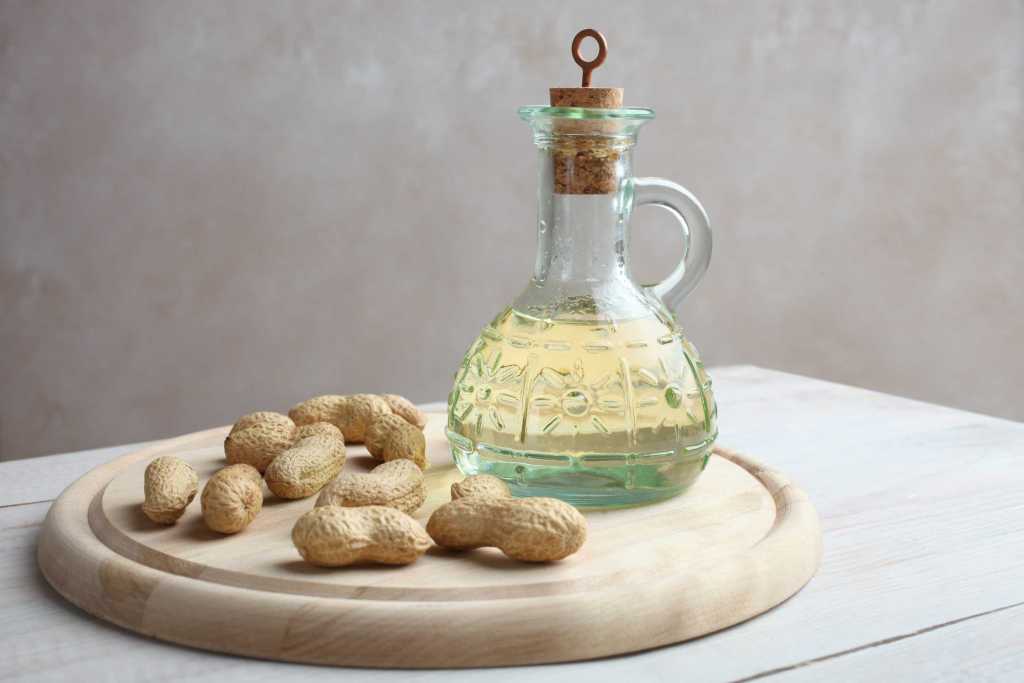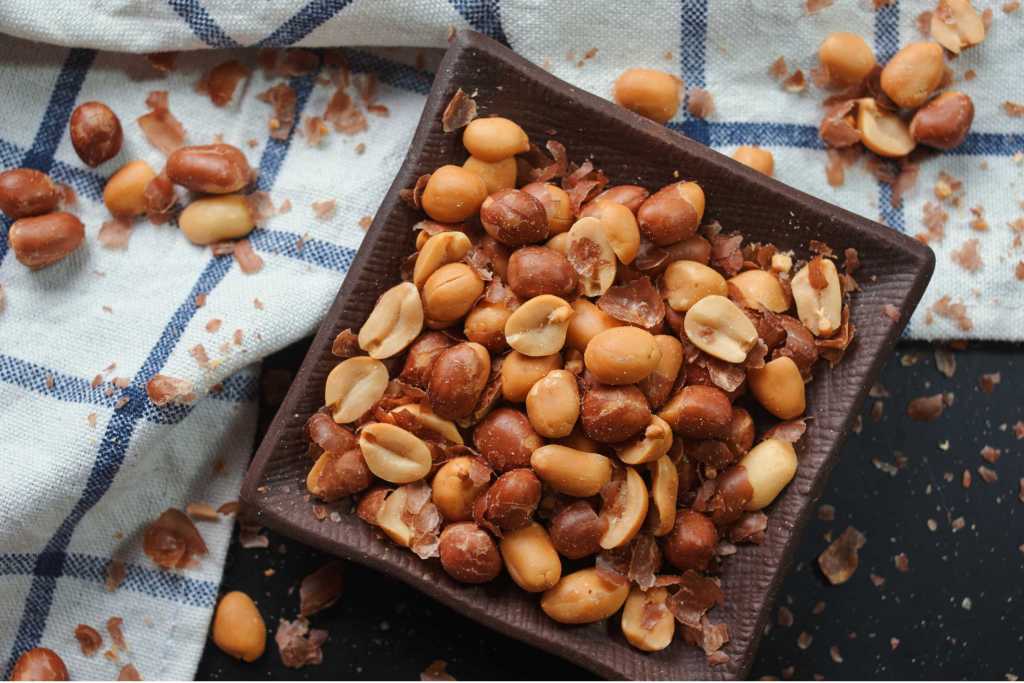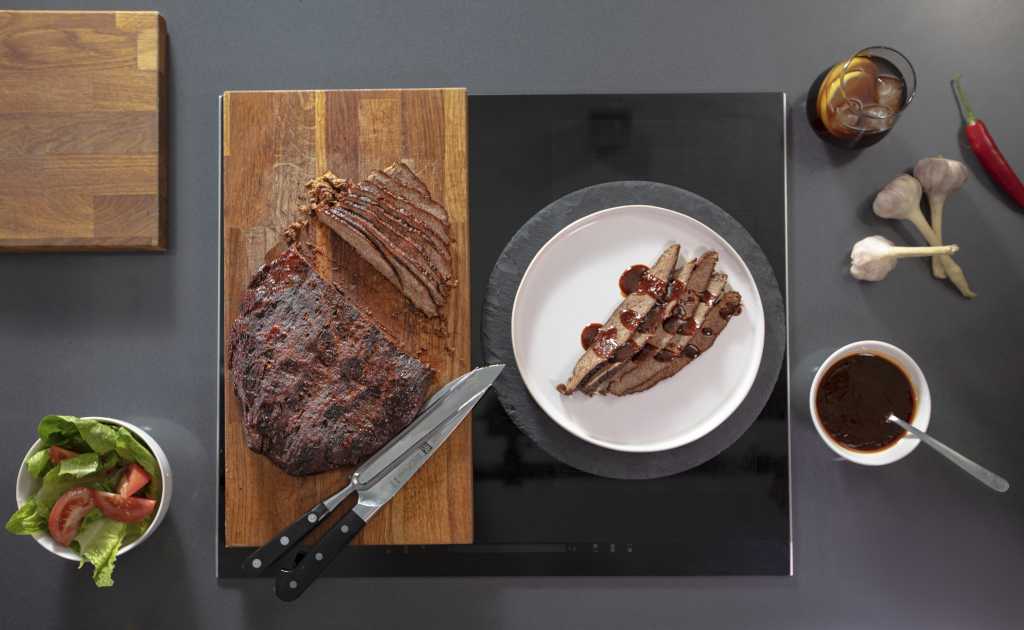A peanut is a nut, right? Well, not exactly. Peanuts are classified both as a legume botanically and as a nut nutritionally. Botanically speaking, true nuts are closed fruits that are encased in a layered wall that doesn’t open by itself. Hazelnuts and chestnuts are exemplary true nuts, as they do not split open at maturity. As you may have realized, almonds and pistachios are also not considered true nuts and are actually classified as seeds. Peanuts, on the other hand, grow in pods that mature underground, making it a member of the legume family along with lentils and peas.

In the United States, peanuts have become a staple snack. U.S. peanut farmers produce around 3 million tons of peanuts annually on approximately 1.5 million acres of land. If you take an even closer look at American peanuts, you’ll find that there are actually four types of peanuts: Runner, Virginia, Spanish and Valencia. While Runner is primarily used for the manufacture of peanut butter, Virginia is mainly marketed in snacks and in-shell peanut products. Having rounder and smaller kernels, the Spanish peanut is used for snacking, peanut butter, and confections. The Valencia peanut contains three to five kernels per shell and is mostly marketed in the shell for roasting and boiling.
As you can see, American peanuts can be eaten in many different ways. While peanut butter is the leading use of peanuts produced in the U.S., they can also be turned into cooking oil and come in powdered form. Peanut oil is actually valued as a premium cooking oil by cooks and chefs worldwide due to its tasteless and odorless qualities; for having a high smoke point; and being high in monounsaturated fats. Partially defatted peanut powder is high in protein, lower in fat, and has a longer shelf life. Peanut powder can be used in smoothies, shakes, breads, and other baked goods.

The EU recognizes the protein value of peanuts by allowing the claim “a source of protein” to be made on packs of peanuts. Peanuts are also naturally cholesterol-free and considered nutrient-dense, as they contain many vitamins and minerals. Some great advantages of peanuts are that they can be easily incorporated into your diet and have a long shelf life, allowing you to store peanuts and peanut butter for months!

Now that you know all about American peanuts, it’s time to bring them into the kitchen. Of course, peanuts can always be enjoyed as a crunchy snack just like peanut butter can always be joined as a delicious spread. There are so many ways to get creative with American peanuts!
Want to take advantage of the protein benefits of peanuts in a fun way? Peanut Butter Chickpea Energy Balls are a simple recipe that allows you to pack American peanuts into a tasty and healthy treat for on the go. American peanuts can be savory as well.
The 5 Spice Yam Yellow Split Pea Soup with Peanuts by Claudia’s Mesa is rich in color and has a velvety texture that goes nicely with the crunch of peanuts on top.




